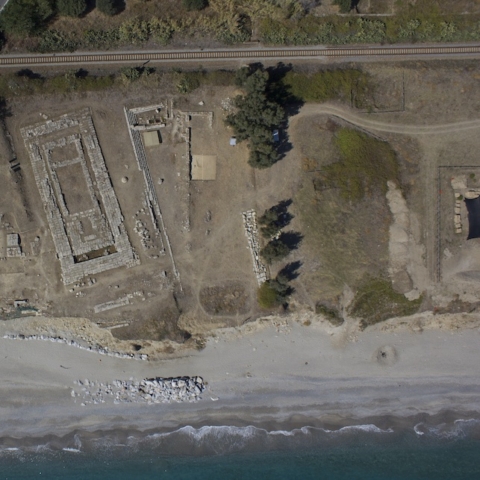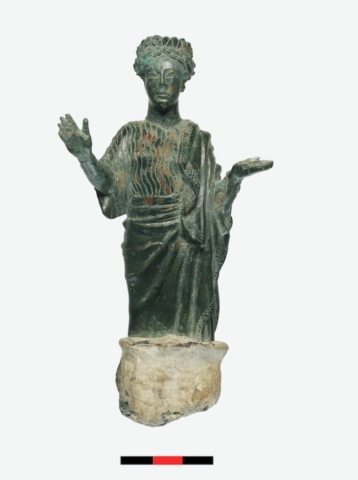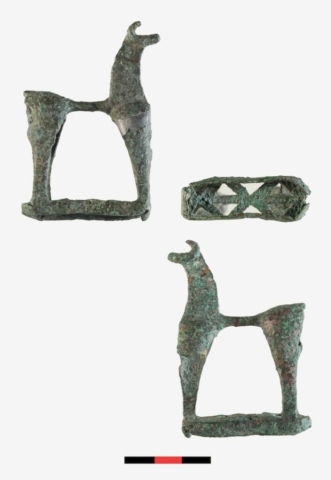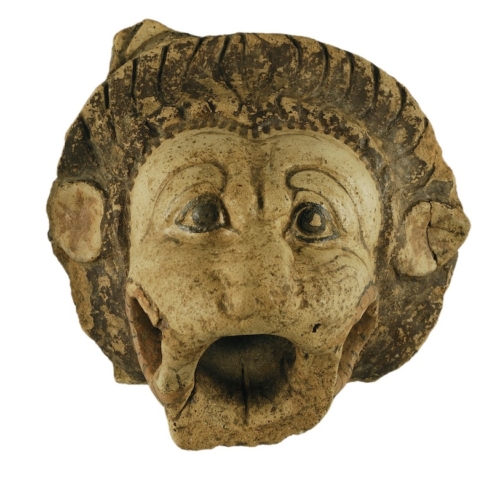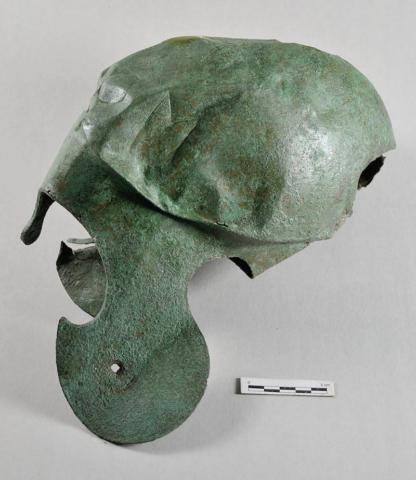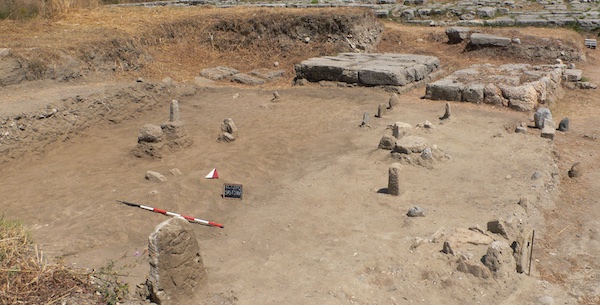
In Kaulonia, the excavations of the Scuola Normale in collaboration with the University of Pisa (1999-2014) concerned the urban sanctuary of Punta Stilo, once known only for the Doric temple discovered by Paolo Orsi, but now restored to knowledge in its general context, monumental articulation and cultic expressions, by the edition of the five volumes (in seven tomes) of the series Kaulonía, Caulonia, Stilida (and beyond), edited by Maria Cecilia Parra, Pisa 2002-2021. Multiple themes were addressed in this publishing venue, such as the diachronic analysis of the topographical development of the sanctuary, major and minor monuments, practiced cults, cultic and ritual evidence, and epigraphic documents-including dedications to Zeus and Aphrodite, which allowed the identification of the sanctuary’s major deities-along with the systematic study of classes of materials (vol. V, devoted to weapons) and topographical investigations in the chora (vol. III).
Various updates on these issues were presented in the LVII Conference of Magna Graecia Studies-Taranto 2017 (Taranto 2021) dedicated to Kaulonia. On this occasion – after a long period necessary for the restoration and reassembly of the fragments – the editio minor of the inscription now known as Tabula Cauloniensis was presented and then edited in the Proceedings by Carmine Ampolo de Emilio Rosamilia. This is the longest inscription in the Achaean alphabet from Magna Graecia: a dedication to Zeus by Pythokritos son of Euxenos, spanning over 18 stoichedon engraved lines. At least 14 of the 18 lines are occupied by hexameters or pentameters, which seem to belong to more than one poetic composition. The signature of an artist, Apollodotos, who had also made a statue of the god placed in the agora, concludes the text. The editio maior of this document of exceptional interest for the knowledge of multiple cultural and religious aspects of Kaulonia in the first decades of the fifth century B.C. will be published soon in a monographic volume at the Edizioni della Scuola Normale.
Scientific coordinators: Carmine Ampolo, Maria Cecilia Parra
Contributors: Emilio Rosamilia (University of Perugia)


